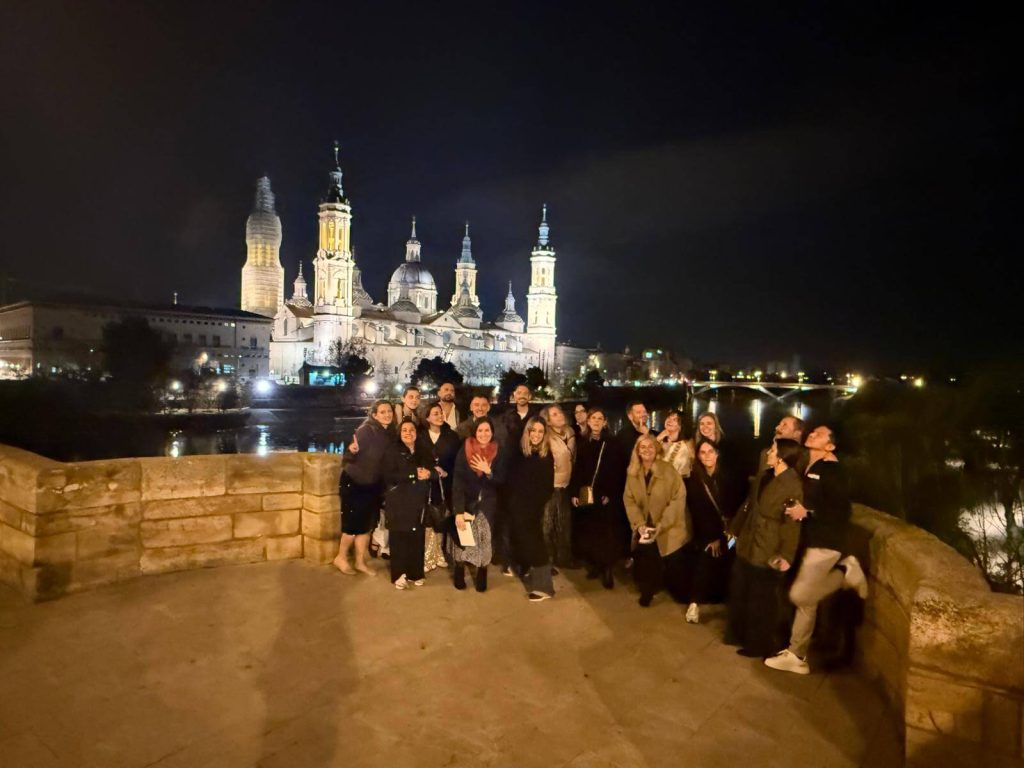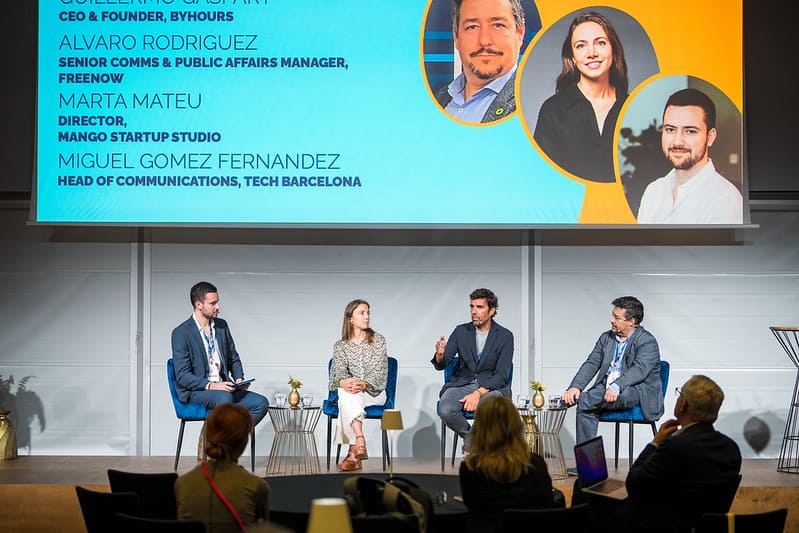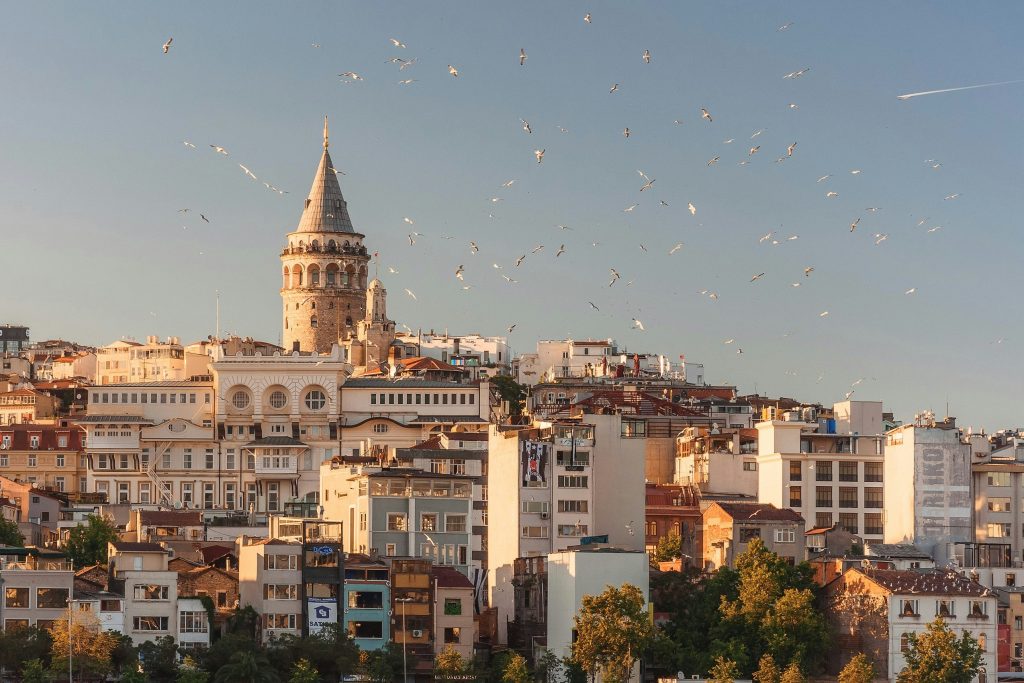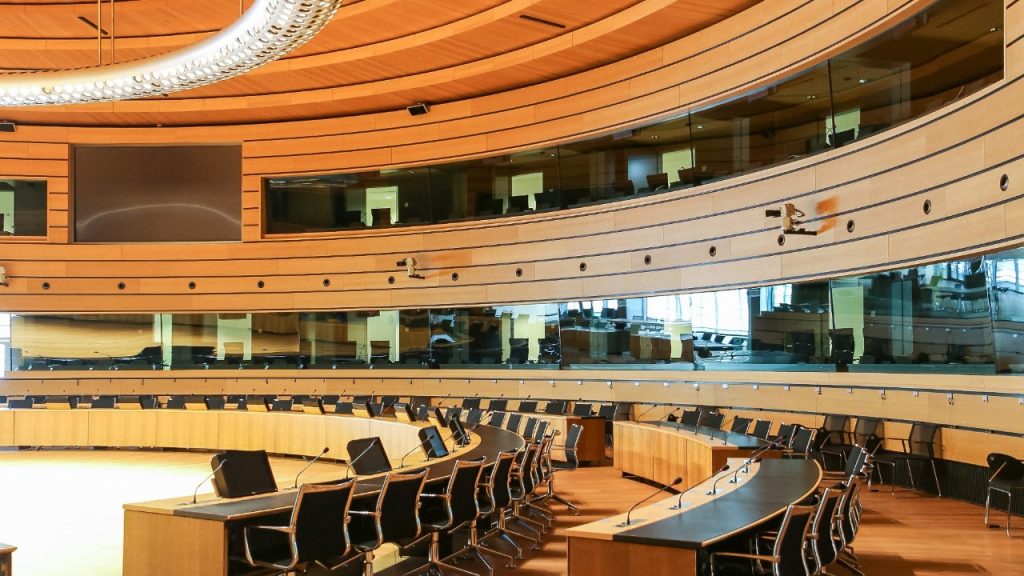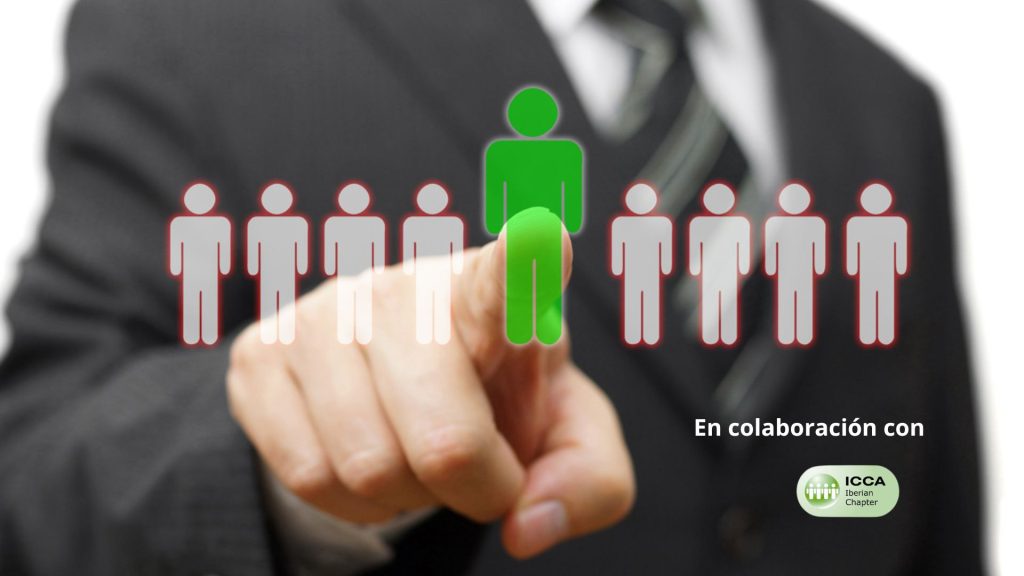How the tents and structures sector innovates
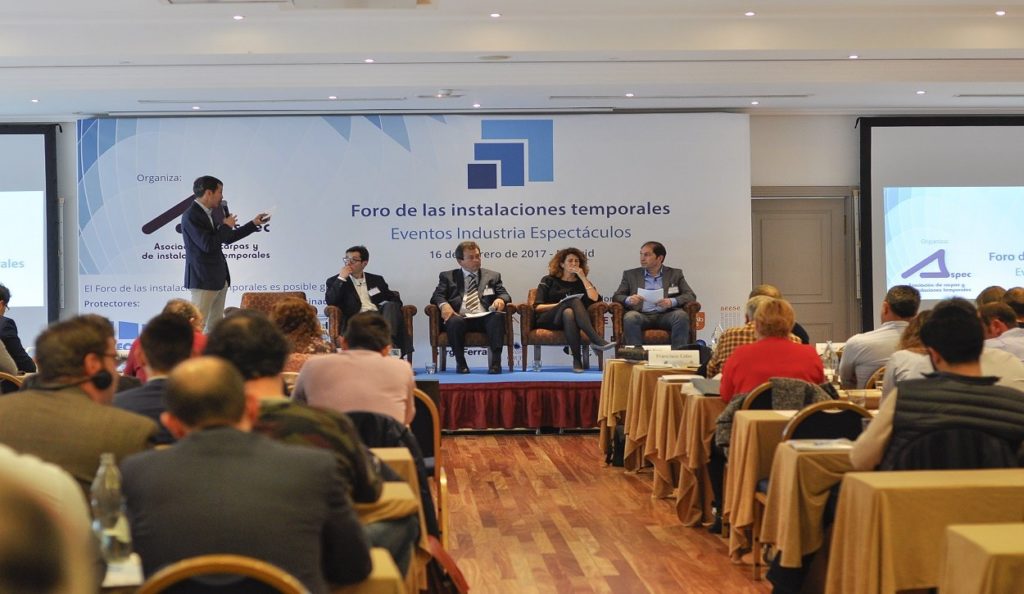
Share news
Listen
Antonio Armesto (Animatium), Monica Melero (De Boer), Quim Rabassa (Area Cubica) and José Luis Cervero (Grupo Plus) participated in the roundtable. We collect here some of the observations that most caught our attention, starting with three great methods of innovation.
Method 1: innovation born from a business need. Understanding the customer, their space needs, the economic equation of their event, is the first step to devising innovations. For example, Mónica Melero explained how they conceived, for the Mobile World Congress, 20,000m2 of structure to house seven auditoriums, creating the largest ephemeral convention center in Europe. With the idea of lifting it up so that the “gound floor” space, below these structures, could be sold to exhibitors. It was “an effort of innovation in design, service, materials and setup” and above all a joint work with the client to give him an opportunity to grow understanding his business needs. This brought to GSMA three times what it cost. Innovation = good business!
José Luis Cervero also commented that “innovation comes not from research but from seeing a customer’s need”, and many of its innovations have come from solving a customer problem. It is no longer a question of answering a structure brief, but rather a business brief.
Solution 2: collaborate with specific talents. No doubt innovation can come from within the company… but there is nothing like innovation made with different talents, often outside the company. Quim Rabassa seeks to “involve collaborators with different talents. Working with a car engineer, an architect who has only done housing, an artist… is very creative, they give us very different points of view.” Antonio Armesto recalled that “collaboration and teamwork are a very important part of innovation”. Future success probably consists of fluid collaborations, project by project, and talents external to the company, sometimes from outside the industry.
Solution 3: own research. Perhaps it is not the most common, in a generally fragmented and under-resourced sector… but it is an obviously essential way to innovate. For example, Mónica Melero commented that De Boer has an R&D team that analyzes engineering materials and solutions. And José Luis Cervero highlighted one of the innovations in which his company has worked the most: in collaboration with another company, they have been researching for years to bend aluminum, something they have today patented and apply in many projects In Spain and abroad. It highlights the importance of “investing in a material that others do not have”.
It is essential to differentiate. José Luis Cervero says you have to “bring new solutions that allow you to differentiate”. And for that, one has to investigate and innovate. “There is an opportunity to think about new spaces, and for that we have to be creative. We want to avoid competing with others who have the same; we want to be unique. “
More for less. Antonio Armesto stressed the advantage of the democratization that has allowed the recent drop in prices. In all materials, decorative elements, the organizer has more options, cheaper, that make the creativity looks more, he said.
Improvements in rendering. Mónica Melero commented on the improvement that has allowed the technology: “making a render used to take months. Today rendering has improved a lot. For the MWC, we did a 3D rendering, a video and an immersive representation with Oculus glasses. The customer moved through their space and this is a huge added value.” Quim Rabassa reinforced the message: “even more with inflatable tents, the customer has to see before the event what will be their inflatable structure. From the origin it is impossible to explain it with words, the model is indispensable “.
Optimization in the way to manage teams? Antonio Armesto stressed that, more than before, the various parts of the chain speak the same language. The work is more fluid, the way to connect is much easier, including applications that make it possible to manage the staff almost in real time. Innovation certainly applies not only to materials and engineering, but also to simple team coordination and working together.
3d print? It is used quite a lot today to create models of the tend, as emphasized Quim Rabassa. Now it remains to be seen how it can be applied in tents themselves, to manufacture pieces for example. To be continued…
Drones. According to Quim Rabassa, the drones are no longer used only for recording, but for more sophisticated operations, and surely the tents will be setup with the help of drones. José
The association as a forum that stimulates innovation. What role does an entity like ASPEC play in this innovation world? José Luis Cervero sees the association as “the ideal forum to attract professionals (from Spain and abroad) to share their experiences (something that was done in this same forum, in fact), to share innovations, to spread them …”. A good invitation to the next edition of the ASPEC Forum, in February 2018!


